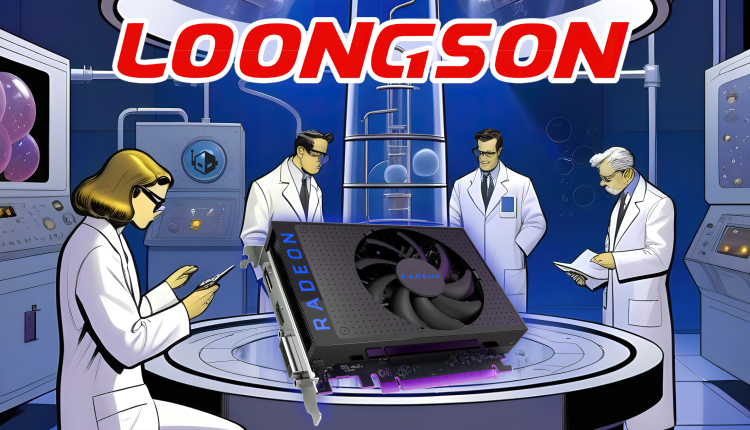©2021 Reporters Post24. All Rights Reserved.
China’s domestic chipmaker, Loongson, has unveiled its plans to tape out its next-gen GPU in Q3 2024 which offers similar performance to AMD’s RX 550.
An AMD Radeon RX 550 Equivalent GPU Is What China’s Loongson Is Aiming To Make in 2024
The Chinese domestic market is quickly looking for alternatives to meet the requirements of its consumers. The recent chip wars between the US and China have led to bans across various AI products but if these continue to escalate, then we might see consumer-level product bans. The RTX 4090 ban is just a teaser of what’s coming for China (although that has more to do with the AI capabilities that this GPU offers despite being targeted as a gamer-first product).
To meet this demand, China’s Loongson is preparing to offer a new entry-level and budget-class GPU known as the 9A1000. This GPU is expected to be taped out in Q3 2024 and based on early estimates, the performance is said to be on par or slightly better than the AMD Radeon RX 550 which is a 6-year old Polaris-based design. The GPU also competes well against the GT 1030 from NVIDIA at the same price of around $40-$60 US.
The Loongson 9A1000 GPU is also said to offer AI acceleration and support all the latest DL/DNN formats. The GPU is said to eliminate Loongson’s reliance on the AMD Radeon RX 550 GPU which will be bundled with new 3A6000 CPU-powered systems which are expected to hit availability later this year.
The company currently offers 4 cores and 8 threads with frequencies of up to 2.5 GHz in its 3A6000 CPUs but also expects to launch 3B6000 with 8 cores, 3C6000 with 16 cores, and 3D6000 with 32 cores in the future with higher frequencies. The company has a product unveil planned for the 28th of November where it plans to unveil various pre-built systems and ODM machines using its latest processors.

The company also has a brand new chip-interconnect technology known as “Dragon Chain” which it claims to benchmark well against NVLINK and CXL while offering lower latencies & higher bandwidth. The current bit-rate is 16 Gbps but that will be increased to 32Gbps in the next iteration while retaining similar efficiency figures. The technology will mostly be used for workstations & server platforms.



